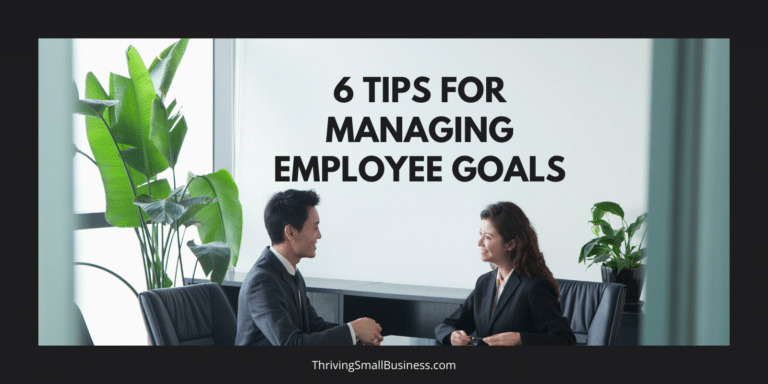What Does It Take To Be A Great Place To Work?
Estimated reading time: 6 minutes
Any of us who have been around for a while understand that the workplace is changing.
Employees are changing, and with this change comes a necessity for organizations to change how they practice and manage employees.
This is important if they want to recruit top talent but, more importantly, if the goal is to retain those valuable employees.
I was fortunate enough to work for a healthcare system that I always considered a great place to work.
As an employee, there were definitely times of frustration, but when I am being objective and look back at my time there, I can honestly say that it was a fair and honest place to work.
Today, creating a culture that fosters employee engagement is not only an important business strategy but is necessary to attract and keep top talent.
Data suggests that workplaces with strong cultures of happy employees do better on the bottom line.
Companies identified as the best place to work often outperform the stock market overall.
Who would’ve guessed that happy employees would correlate to profits? Duh!
Fortune does a survey every year to identify those organizations that are doing a good job with managing employees and publish an annual list of the 100 Best Companies to work for.
The 2020 list is in and it shows some trends that are changing with how employees view the workplace.
What Great Places To Work Companies Do!
1. Care About Diversity And Social Justice
A diverse employee population is a strong workforce, and organizations that understand the value of this diversity have an advantage.
These organizations value diversity and include all perspectives in decision-making, team efforts, and planning.
Thinking outside of the box is what diversity brings, and a culture of difference brings perspectives that blend to improve how work gets done.
Employees like working for organizations that go outside of their walls and support social issues.
These organizations can help promote volunteerism by encouraging employees to take advantage of company-sponsored volunteer programs.
Food for thought:
- What is your company policy for recruiting and supporting diverse employees?
- How does your organization handle conflict in the workplace that centers on diversity issues?
- What things does your organization do to promote support for corporate volunteer opportunities?
- What kind of training does your business offer to educate employees on the value of a diverse workforce?
2. Create a Culture of Thanks
Employees go to work and want to do a good job.
However, employees value when the organization they work for shows appreciation for their efforts.
A compensation strategy can help a business be deliberate on its pay and benefit practices.
Ultimate Software (placed 2nd for GPTW) goes a little beyond a typical compensation package.
Ultimate offers reward trips for all employees who meet goals—not just those in Sales.
For instance, all employees enjoy team event trips that focus on learning and employee development.
In addition, every year, two employees are awarded $5,000 to be given to the charity of their choice!
Food for thought:
- What incentives does your organization offer outside of the realm of compensation?
- What team-building practices does your business use to improve employee engagement?
- How much does your organization budget for employee development and reward and recognition?
3. Leaders Who Listen
Employees want to be heard.
They are the ones who interact with customers and work in (sometimes broken) business processes.
Because employees are on the front line, they often have ideas and suggestions to improve how work gets done.
Many organizations use employee feedback tools to gauge the satisfaction level and develop plans to improve the employee experience.

At Wegmans Food Markets (placed 3rd for GPTW) its SVP of Operations offers employees the opportunity to ask questions or give feedback.
The program is so successful that Jack DePeters has personally responded to over 16,000 employee comments and questions since 2002!
There are 5 comments and responses shared in the weekly “MyWegmansConnect” for all employees to read.
Food for thought:
- What tools do you use to solicit feedback from employees?
- What do you do with the information you receive from an employee feedback process?
- How do you share information and communicate findings and lessons learned from an employee feedback process?
4. Help Employees With Work-life Balance
Let’s be real, it is hard to work, parent, and maintain a household.
Whether someone is married or single, life can be a struggle.
Work-life balance priorities help employees find the tender balance in doing it all.
And organizations that support a healthy work-life balance, reap the benefits of a workforce that feels supported and understood.
Cisco (placed 4th for GPTW) has great balancing benefits that support employees through day-to-day challenges and big life changes.
For instance, an employee receives time to care for a new baby (born or adopted) based on the caregiver role they play – rather than the gender.
This flexible policy gives employees the freedom to decide how to best care for their children.
Cisco also offers grandparents a generous three paid days to bond with newborn grandchildren!
In addition, this company offers programs for mental health and support for parents of autistic children.
Food for thought:
- What policies does your organization have in place to support employees when they are not at work?
- How does your business solicit feedback from employees to learn what their greatest stressors are as an employee, parent, or caregiver of a loved one?
- What benefits could your organization add to help your employees feel more supported in their efforts to balance a busy life with work responsibilities?
5. Encourage Collaboration And Well-being
There is lots of data that supports a well employee is a happy one who produces more.
Good health does not happen by accident and organizations that encourage a healthy lifestyle and employee wellness reap the benefits of fewer unscheduled absences and more active workgroups.
Workday (placed 5th for GPTW) focuses on employee collaboration and wellness.
Their massive campus proudly offers:
- Large game rooms on every floor
- A bevy of indoor trees and open seating spaces
- Well-being rooms
- Therapeutic massage services
- Dog runs
They also provide a network of 90 well-being champions who lead activities focused on movement, nutrition, health, or happiness.
Food for thought:
- How does your organization encourage employees to live a healthy lifestyle?
- What does your business do to support employee efforts for improved health and well-being?
- What creative ways can your business get employees up and moving around?
- How does your business environment support employee collaboration?
Why you want to be a great place to work!
“Offering an outstanding workplace experience to every employee matters now more than ever,” said Great Place to Work Chief Innovation Officer Tony Bond. “The ongoing shift to the knowledge economy— and now to the human economy—along with the rise of Millennials as the largest cohort of American workers, means that offering a personally fulfilling workplace where all employees can achieve their full potential is no longer optional.”
Congratulations to all of the companies that have focused on their employees and created environments that employees love to work in.
Many of these companies boast of low turnover rates and improved bottom lines by taking steps to focus on positive employee relations.
It doesn’t take a rocket scientist to understand that it is a selfish strategy to foster employee engagement if, at the end of the day, the company performs better and boasts of increased profits.
What do you do to make your organization worthy of the top 100 list?
If you would like to participate in the Best Places To Work For survey you can click here.






